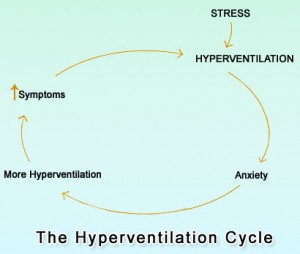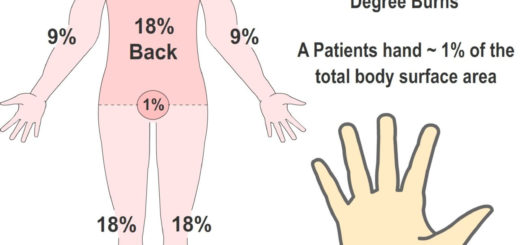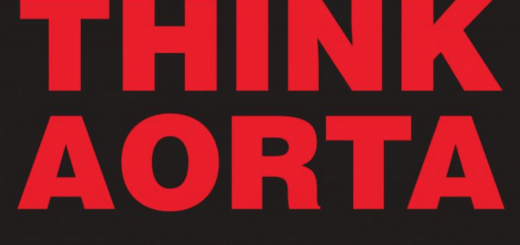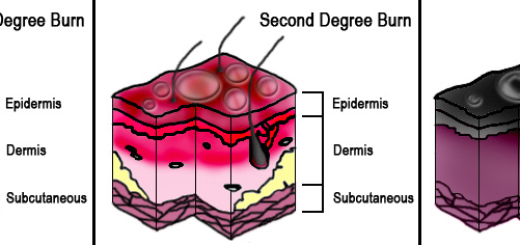Hyperventilation First Aid
 of breathing faster or deeper than normal causing excessive expulsion of carbon dioxide within the body matched by an increasing oxygen level.
of breathing faster or deeper than normal causing excessive expulsion of carbon dioxide within the body matched by an increasing oxygen level.
There can be many causes of hyperventilation, and common triggers include emotions of stress, anxiety, depression, or anger.
Occasionally, hyperventilation from panic can be related to a specific phobia, such as a fear of heights, dying, or closed-in spaces (claustrophobia) and often, panic and hyperventilation become a vicious cycle.
The cause of hyperventilation cannot always be determined with sufficient accuracy (especially in the early stages) within the pre-hospital environment. Therefore you should always presume hyperventilation is secondary to hypoxia or another underlying respiratory disorder until proven otherwise.
Hyperventilation may occur secondary to a life threatening condition such as asthma or anaphylaxis.
Symptoms of Hyperventilation
- Previous history of panic attacks or hyperventilation
- Immediate history of emotional event
- Fast, shallow rate of breathing
- Chest tightness or pain
- Pins and needles/tingling in the hands, face and around the lip
- Hands in spasm (claws)
Hyperventilation First Aid
- Remove the patient from any distressing triggers
- Attempt to control their breathing by ‘coaching’ – get them to copy your breathing pattern
- Assess for any underlying causes: is this an asthma or anaphylactic attack?
- Obtain medical help if symptoms do not resolve
Want to learn more about first aid? Why not sign up to one of our free online first aid courses!





